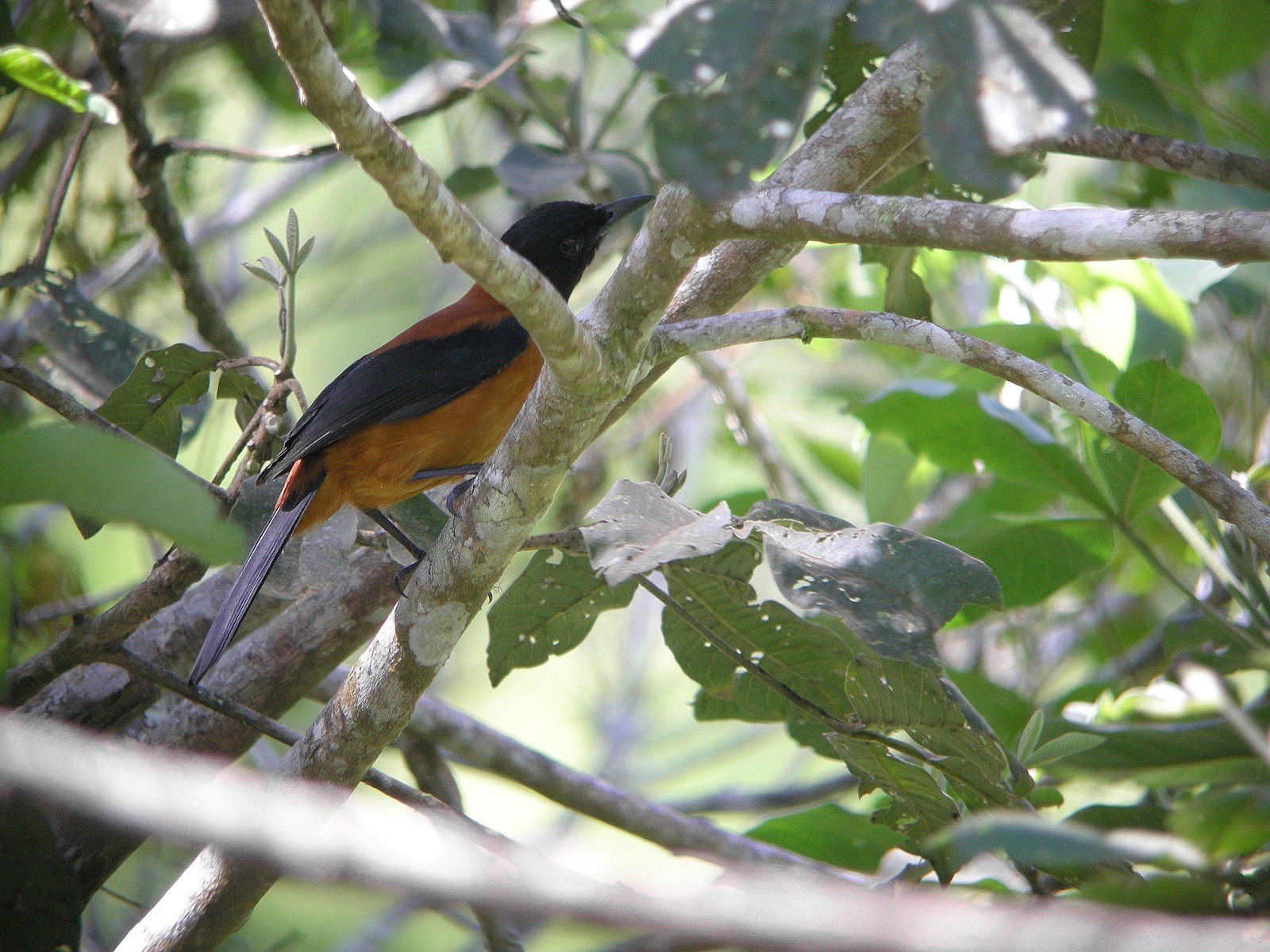📣 For more lifestyle news, click here to join our WhatsApp Channel and also follow us on Instagram
Meet one of the only birds in the world known to be toxic
What makes the hooded pitohui so unusual is the poison it carries, know all about it.
 Discover the hooded pitohui, a colorful and toxic bird from New Guinea, known for its unique defense (Source: Wikimedia Commons)
Discover the hooded pitohui, a colorful and toxic bird from New Guinea, known for its unique defense (Source: Wikimedia Commons)In the rainforests of New Guinea lives a bird that looks like it came straight out of a painting. But as is true with most things in nature, colourful and beautiful creatures often spell danger.
The hooded pitohui (Pitohui dichrous) is one of the few birds on Earth known to carry poison in its feathers and skin. Its striking black and orange colouring isn’t just for show; it’s a warning to predators to stay away.
Know all about the bird
What makes the hooded pitohui so unusual is the poison it carries—batrachotoxin, a chemical that can cause numbness and even paralysis in high doses. The bird doesn’t make the toxin itself. Instead, scientists believe it gets it from the insects it eats, particularly a type of beetle called Choresine. This is similar to how poison dart frogs in South America become toxic through their diet.
 The hooded pitohui (Pitohui dichrous) is one of the few birds on Earth known to carry poison in its feathers and skin. (Source: Wikimedia Commons)
The hooded pitohui (Pitohui dichrous) is one of the few birds on Earth known to carry poison in its feathers and skin. (Source: Wikimedia Commons)
Just touching the bird can make your skin tingle or go numb, which locals in New Guinea have known for generations. They often call it a “rubbish bird” because it’s not safe to eat.
Hooded pitohuis live in forested areas from sea level up to mountain hillsides. They’re social birds and often travel in small groups or mix with other species to forage for food like fruits, seeds, and insects. They’re also known for helping each other raise their young, a behaviour called cooperative breeding.
Interestingly, the pitohui’s bright colors serve as a warning sign—a classic case of what scientists call aposematism. Other birds that are also toxic share similar colours. Some harmless species have even evolved to look like pitohuis to trick predators into leaving them alone. That’s nature’s version of a bluff.
📣 For more lifestyle news, click here to join our WhatsApp Channel and also follow us on Instagram
Photos




- 01
- 02
- 03
- 04
- 05























